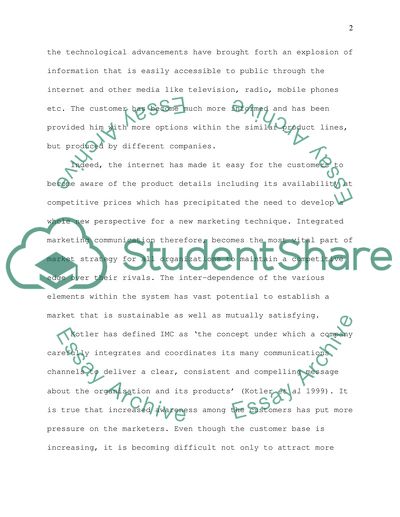Cite this document
(Mass & Direct Communication in Market Strategy Research Paper, n.d.)
Mass & Direct Communication in Market Strategy Research Paper. Retrieved from https://studentshare.org/journalism-communication/1730634-massdirect-communication
Mass & Direct Communication in Market Strategy Research Paper. Retrieved from https://studentshare.org/journalism-communication/1730634-massdirect-communication
(Mass & Direct Communication in Market Strategy Research Paper)
Mass & Direct Communication in Market Strategy Research Paper. https://studentshare.org/journalism-communication/1730634-massdirect-communication.
Mass & Direct Communication in Market Strategy Research Paper. https://studentshare.org/journalism-communication/1730634-massdirect-communication.
“Mass & Direct Communication in Market Strategy Research Paper”, n.d. https://studentshare.org/journalism-communication/1730634-massdirect-communication.


